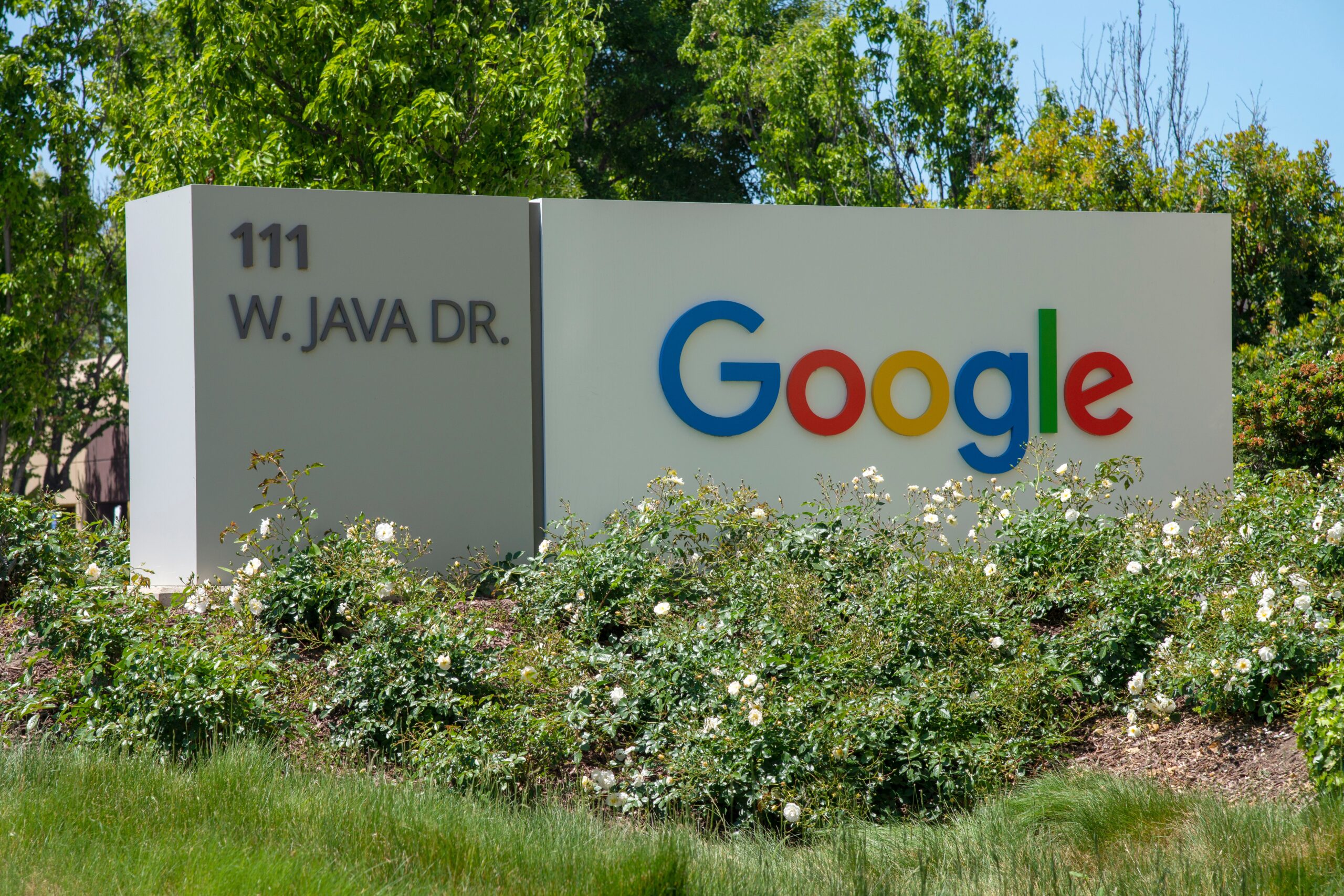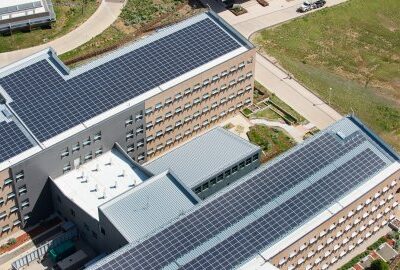Google is taking another bold step to further cement its position as an industry leader in green energy and sustainability. On Monday, the Alphabet Inc.-owned company released an announcement from its CEO Sundar Pichai in which he shared that the tech giant now aims to operate 24/7 carbon-free by 2030.
“We are the first major company to make a commitment to operate on 24/7 carbon-free energy in all our data centers and campuses worldwide. This is far more challenging than the traditional approach of matching energy usage with renewable energy, but we’re working to get this done by 2030,” Pichai said. “This is our biggest sustainability moonshot yet, with enormous practical and technical complexity.” Google’s CEO cited the recent wildfires along the West Coast and other clear indications of climate change as an incentive to act.
Pichai also revealed that as of Monday Google had eliminated its all-time carbon legacy, reaching a net-zero carbon footprint. Pichai said that it was able to accomplish this by purchasing carbon offsets which negated its emissions between its start in 1998 and 2006.
The Mountain-View, California-based company has been carbon-neutral since 2007–made possible by its renewable energy and carbon offset programs, according to its 2019 Environmental Report. Since 2007 Google has “planted trees, bought carbon credits and funded large amounts of wind power in places where it is abundant to offset its tapping of coal and natural gas power in other regions,” according to Reuters.
In 2017 Google began “offsetting its consumption with direct renewable electricity purchases and the associated certificates. On paper, that allowed it to claim it used 100% renewable electricity.” “The new policy will ensure that doesn’t happen again.” Bloomberg Green reports.
“We are committed to doing our part. Sustainability has been a core value for us since Larry and Sergey founded Google two decades ago. We were the first major company to become carbon neutral in 2007. We were the first major company to match our energy use with 100 percent renewable energy in 2017. We operate the cleanest global cloud in the industry, and we’re the world’s largest corporate purchaser of renewable energy,” said Pichai.
Other new goals Pichai announced include “bringing 5 gigawatts of renewable energy near some suppliers, funding tree planting beyond its offset needs and sharing data or forging partnerships with 500 governments around the world to try to cut 1 gigaton of carbon emissions annually by 2030,” Reuters reports.
“We’ll enable 5 GW of new carbon-free energy across our key manufacturing regions by 2030 through investment. We expect this to spur more than $5 billion in clean energy investments, avoid the amount of emissions equal to taking more than 1 million cars off the road each year, and create more than 8,000 clean energy jobs,” said Pichai. He says that by 2025, Google’s commitments will produce over 20,000 clean energy-related jobs in the U.S. and elsewhere.
Amazon and Microsoft–two of Google’s biggest rivals, have both made significant emissions-related announcements in the past year. Last September Amazon committed to reaching carbon neutrality by 2040, and in January Microsoft vowed to be carbon negative by 2030. Microsoft also said that by 2050 it will remove all of the carbon it has released since its 1975 launch. Google is the first to commit to stop utilizing carbon-based energy.





